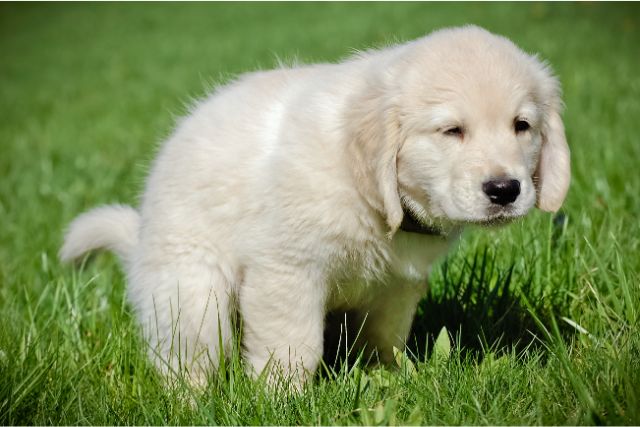Are you tired of constantly cleaning up after your furry friend? Do you wish you could take your dog on walks without worrying about accidents? Potty training your dog is an essential part of pet ownership, but it can be a daunting task. Fortunately, with patience, consistency, and the right approach, you can successfully potty train your dog in just seven steps.
Step 1: Establish a Routine
Dogs thrive on routine, so it’s important to establish a consistent schedule for feeding, exercise, and potty breaks. Determine how often your dog needs to go potty based on their age, size, and activity level. Puppies typically need to go every 30 minutes to an hour, while adult dogs can typically hold it for 4-6 hours. Take your dog outside to their designated potty spot at the same times each day to help establish a routine.
Step 2: Choose a Potty Spot
Designate a specific area in your yard or outside your apartment for your dog to go potty. This will help them associate that spot with potty time and reduce accidents in other areas. Choose a spot that is easily accessible and away from areas where your dog plays or eats.
Step 3: Use Positive Reinforcement
When your dog goes potty in their designated spot, give them plenty of praise and treats. Positive reinforcement will help your dog associate going potty in the right spot with good behavior. Avoid punishing your dog for accidents, as this can cause anxiety and make potty training more difficult.
Step 4: Supervise Your Dog
When potty training, it’s important to supervise your dog at all times, especially when they are indoors. This will allow you to catch accidents before they happen and redirect your dog to their designated potty spot. If you cannot supervise your dog, consider using a crate or pen to limit their access to the house.
Step 5: Keep a Record
Keeping a record of your dog’s potty schedule and accidents can help you identify patterns and adjust your routine as needed. Use a notebook or app to track when your dog goes potty, what they eat and drink, and any accidents that occur.
Step 6: Gradually Increase Freedom
As your dog becomes more successful with potty training, gradually increase their freedom around the house. Start by allowing them access to one room at a time, and always supervise them. If accidents occur, go back to the previous step and adjust your routine as needed.
Step 7: Be Patient
Potty training takes time and patience, so don’t get discouraged if your dog has accidents or takes longer to learn. Stick to your routine and use positive reinforcement consistently, and your dog will eventually learn to go potty in the right spot.
In conclusion, potty training your dog is an important part of pet ownership, but it doesn’t have to be overwhelming. With consistency, positive reinforcement, and patience, you can successfully potty train your dog in just seven steps.
Conclusion
Potty training your dog can take time and patience, but it’s an important aspect of being a responsible pet owner. By following these 7 steps and being consistent in your training, you can help your dog learn where and when it’s appropriate to go potty. Remember to stay positive and use positive reinforcement, as punishment and negative reinforcement can lead to confusion and anxiety in your dog. With a little effort and dedication, you and your furry friend can enjoy a happy and clean living space.
FAQs:
What age should I start potty training my puppy?
You should start potty training your puppy as soon as you bring them home, typically between 8 and 12 weeks of age.
How long does it take to potty train a dog?
Potty training can take anywhere from a few weeks to several months, depending on your dog’s age, breed, and personality.
What should I do if my dog has an accident indoors?
Clean the area thoroughly and use a pet-specific cleaner to remove the odor. Interrupt your dog if caught in the act and take them outside to their potty spot. Avoid punishment and use positive reinforcement.
Can I use potty training pads?
While potty training pads can be useful in certain situations, they can also confuse your dog and make potty training more difficult. It’s best to avoid using them if possible and focus on training your dog to go potty outside.
What if my dog refuses to go potty outside?
If your dog refuses to go potty outside, try changing their designated potty spot or adjusting their routine. You can also try using positive reinforcement, such as treats or praise, to encourage them to go outside.
